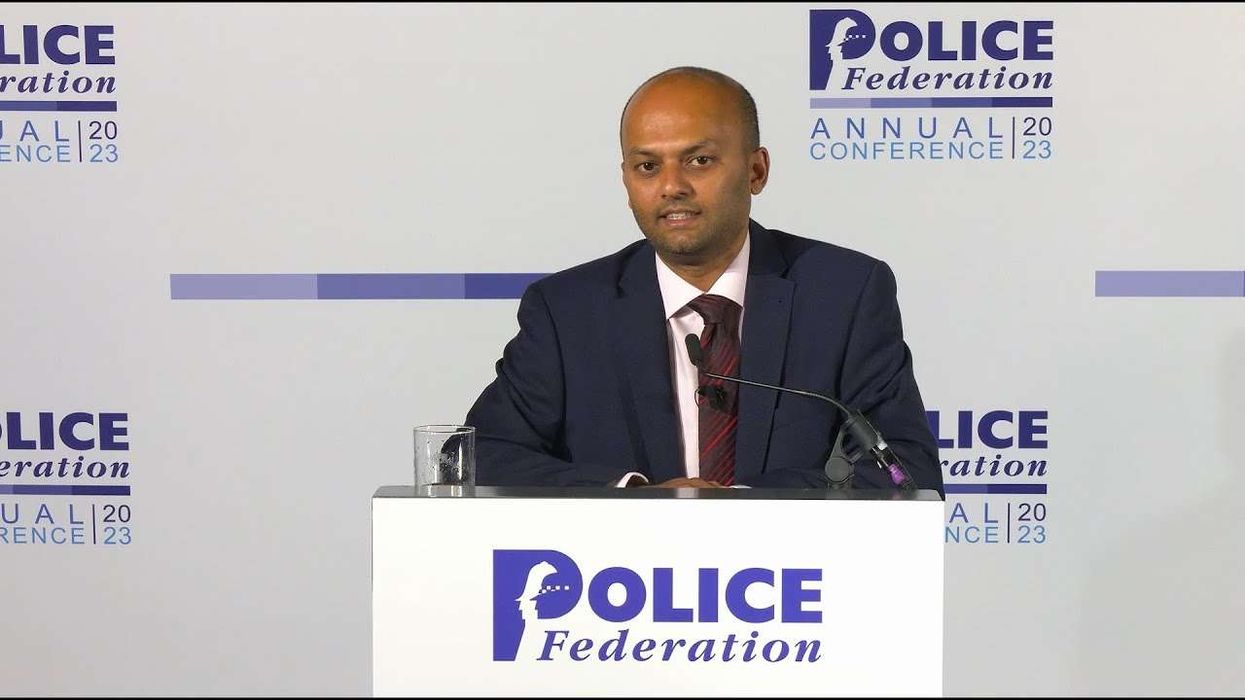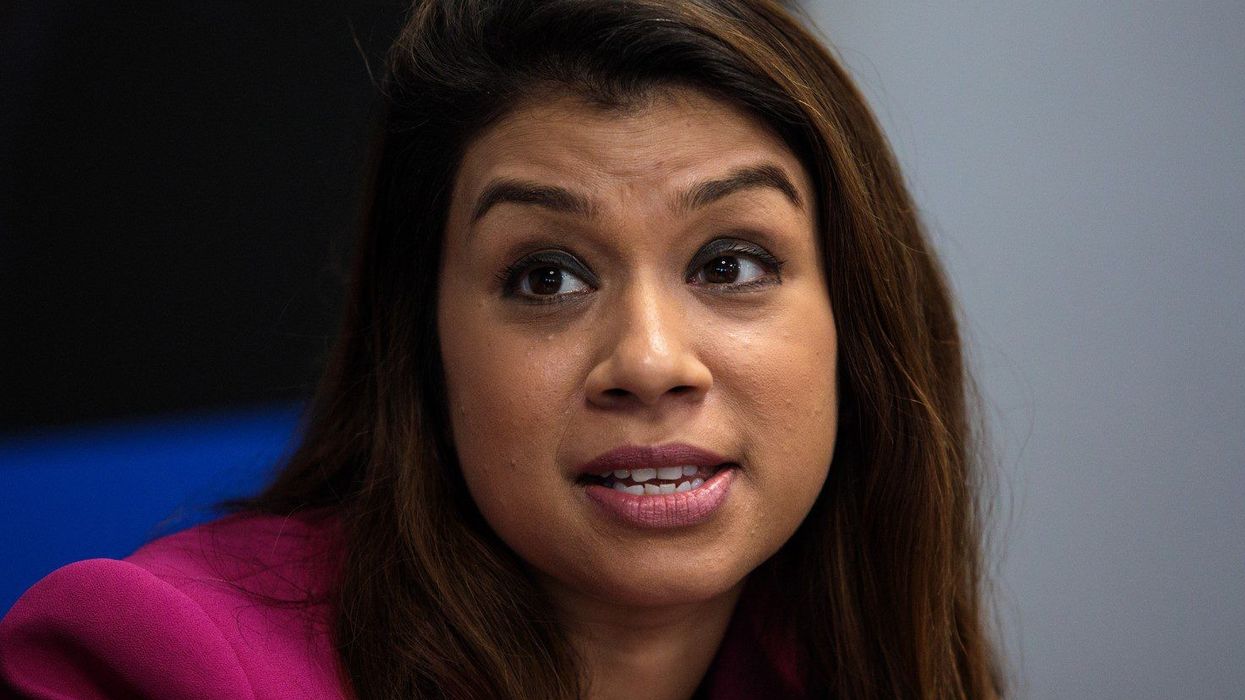A NEW report has shown that Indian Americans born in the United States are displaying stronger identification with their Indian heritage than in previous years.
The 2024 Indian American Attitudes Survey by the Carnegie Endowment for International Peace, conducted online with 1,206 respondents, found that 86 per cent of US-born Indian Americans said that being Indian is “very” or “somewhat” important to them. This marks an increase from 70 per cent in 2020. The share who considered their Indian identity as “not too important” or “not important at all” dropped from 30 to 15 per cent.
The report, titled Indian Americans: A Social Portrait, was published in June 2025 and draws on data collected between September and October 2024.
Shifts in self-identification
The report notes a decline in the use of the term “Indian American” as a primary identity. In 2020, 43 per cent identified as “Indian American,” while in 2024, this dropped to 26 per cent.
Meanwhile, 22 per cent now identify as “Asian Indian,” 20 per cent as “Indian,” and 14 per cent as “Asian American.”
Among US-born Indian Americans, nearly half said they feel equally Indian and American.
Twenty-four per cent said they feel more Indian than American, and another 24 per cent said they feel more American than Indian.
In 2020, 31 per cent had said they felt more American than Indian, and 19 per cent had said they felt more Indian than American.
Cultural connections remain strong
The survey found that 81 per cent of Indian Americans said they had eaten Indian food in the past month.
Sixty-five per cent said they had watched Indian television or movies in the same period.
Thirty-eight per cent said they had participated in or enjoyed Indian dance, music, or art in the past six months.
Only 7 per cent said they had done none of these activities.
Ongoing ties with India
Fifty-five per cent of respondents said they communicate with friends or family in India at least once a month.
Thirty-nine per cent reported having travelled to India in the past year.














